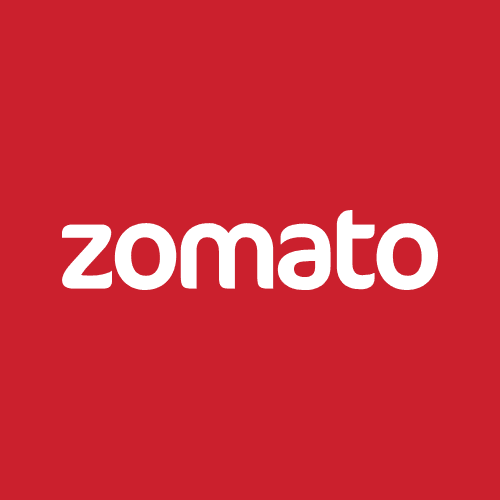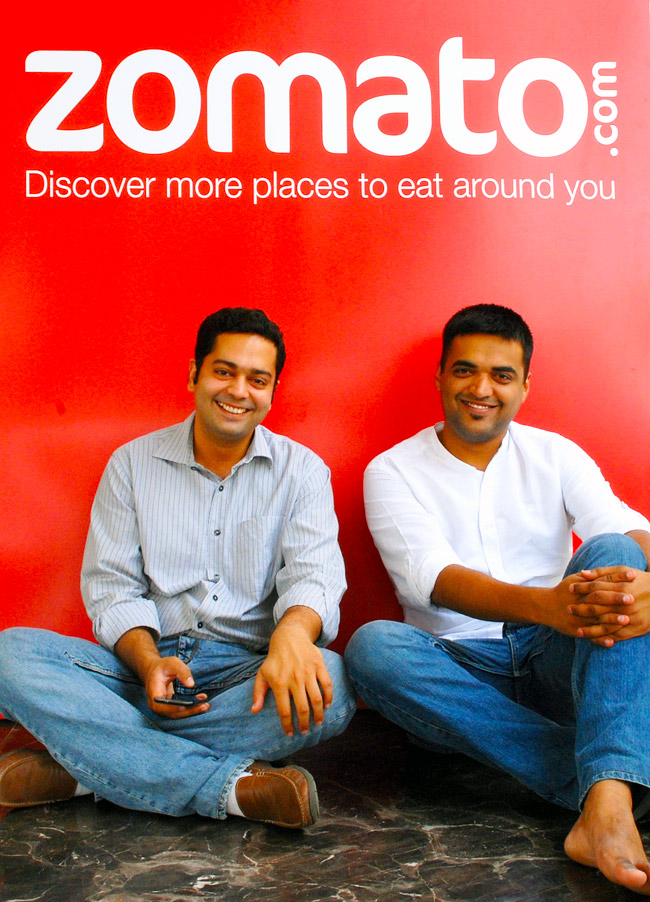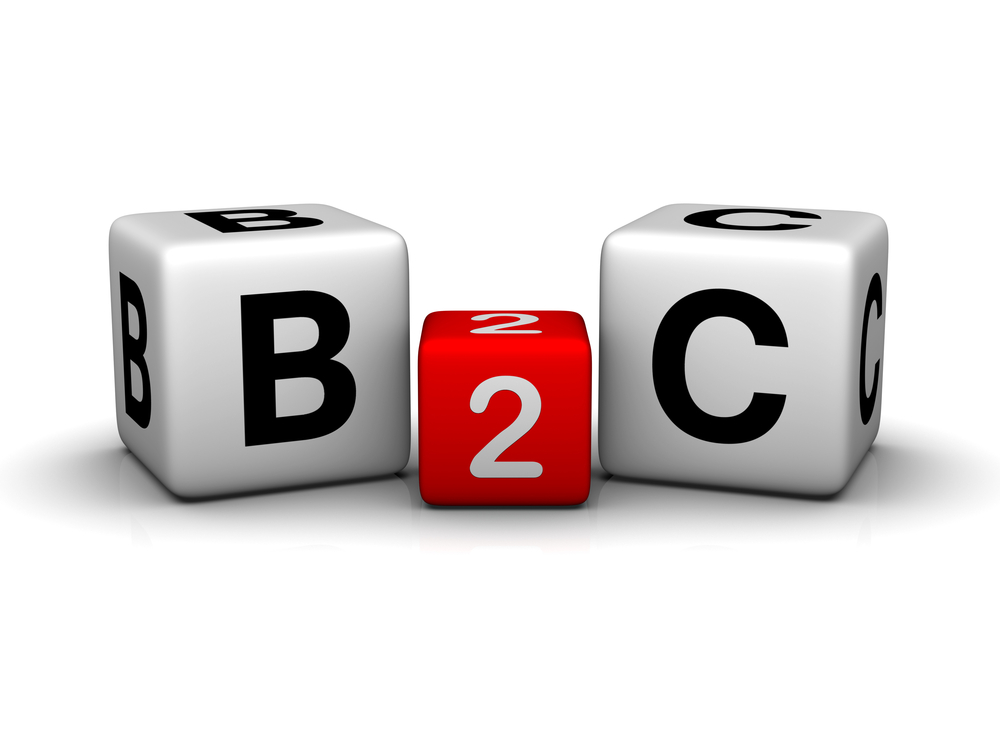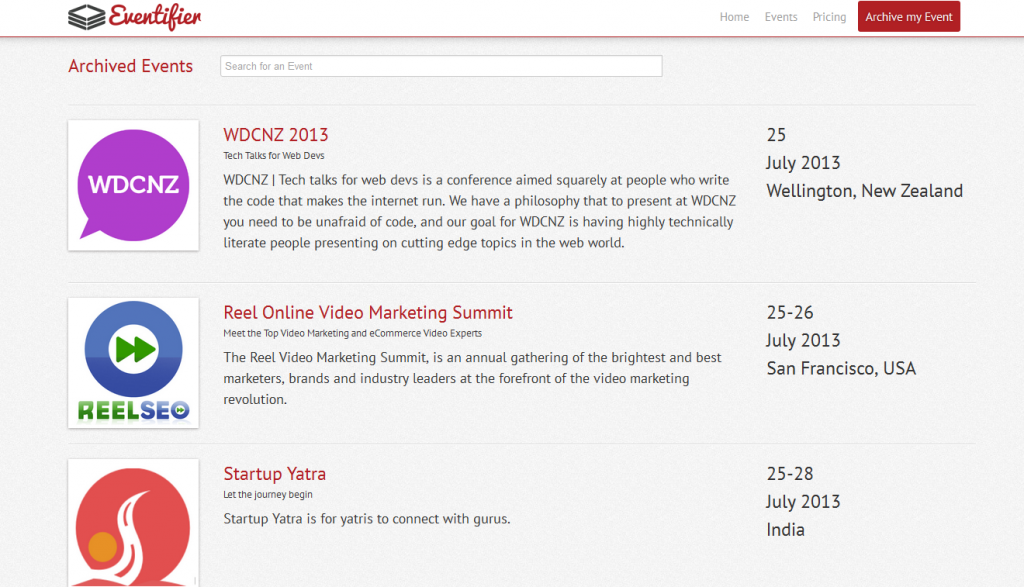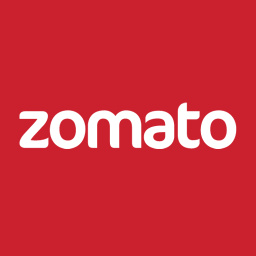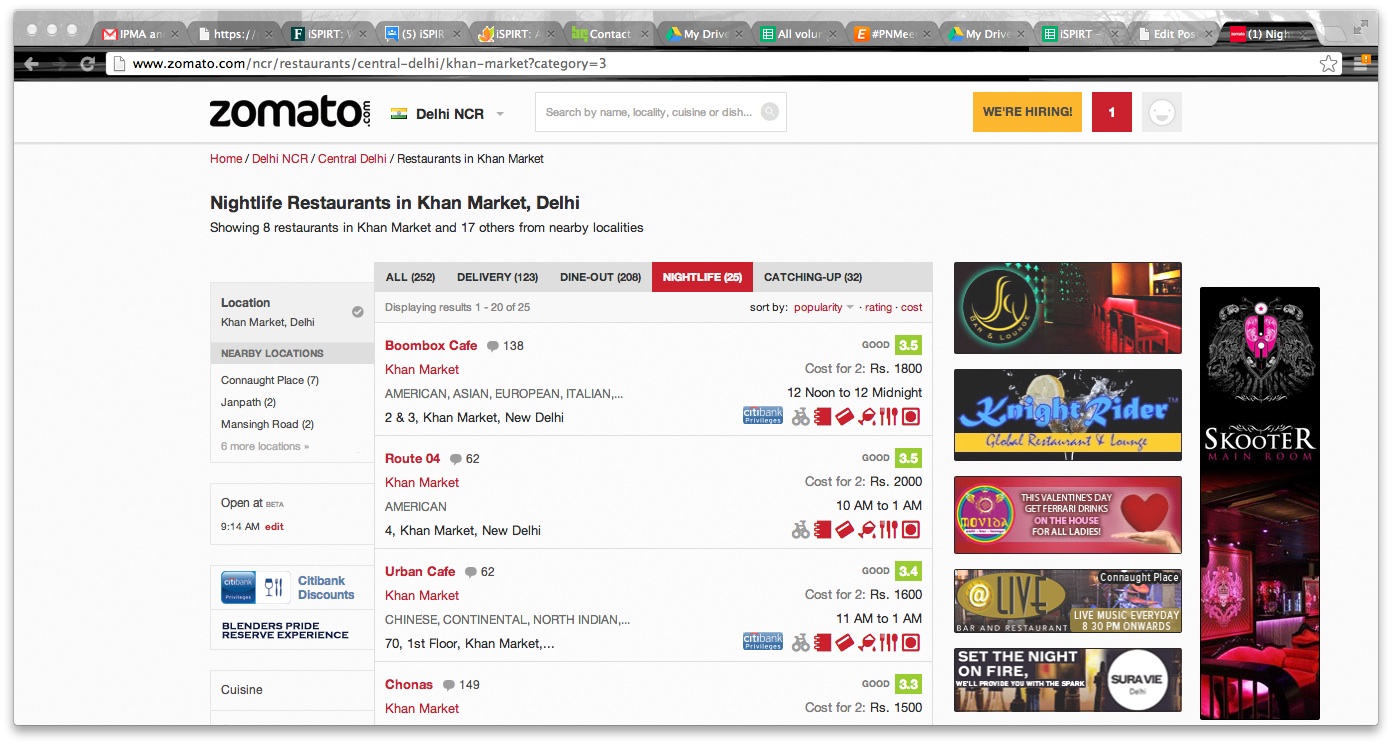The below post is edited from an answer given to ET for this story. This article is 2 yr old. Republished today.
The rise of Mobile is a big shift in the way Internet is used, thereby influencing commerce over the Internet. In developed economies it is the desktop based users who have started spending a significant amount of time on mobile. For India specifically, mobile is bringing in lot of first time Internet users.
Given that Google Search is not the default starting point on mobile, there is a void waiting to be filled as the platform of the mobile internet. No, Android/iOS is not it. There are 3 services that I believe can be the platform of the mobile internet viz. maps, payments and delivery. Before looking into each of them, the hypothesis here is that the Internet of mobile is no longer about serving information but it is about enabling actions. So what happens to information related stuff? They will move to a Chat like app with a command prompt like interface. It is already happening with Wechat, Line etc. Search would be easier over chat with results showing bite-size info in cards, the blue-link click is only required to dive deeper. Why chat and not current Google search? Because the current Google search is a state-less communication. Two consecutive searches do not relate to each other. The command prompt type interface serving bite-size info will need to be state aware, just like human communication.
The 3 platforms:
Maps
In the long term, Maps are going to be default page for most of our local needs, like movies, cabs, handyman or anything related to offline commerce. Different reports suggest that about 40-50% of all mobile search is local. Instead of a page with blue links, maps will become our search engine on mobile. China is already seeing this change with Baidu Maps driving all-things-local. Google Maps also recently integrated Uber to show estimated pickup time if you have uber installed (http://blog.uber.com/
Users currently find it easier to search for “Zomato Pizza Hut” on Google and then go to Zomato’s Pizza Hut page, as compared to first going to Zomato.com, and then searching for “Pizza Hut”. In the same way, people will not look for a cab on a map inside Ola or Uber’s app, instead Ola and Uber’s cabs will be visible together on a single instance of Google Map.
The future of mobile local search is Apps on Map, and not maps inside apps. Just like now we don’t need to bookmark every restaurant site on the web browser, in future we may not need to install every cab booking app. This is the most important and defensible product of Google in the long term. Individual Apps as an interface is an intermediary stage of the mobile evolution until platform level aggregation and deep integration does not come into action again.
Payments
We do not see payments as a platform because it is generally not the starting point or in most cases we don’t even realize if it has an interface. It just happens, and that is how it is supposed to be. Apple and Samsung are working towards that. In India, the wallet feature in apps is being accepted. Mobile carriers and large banks are trying to get into the space. Paytm seems to be moving fastest in this space though. There are still licenses to be issued in this space by RBI and rightly so because this space is more about enabling trust and insurance, the core of commerce, than anything else.
Indian consumers do not relate to payment systems and insurance directly, but in developed economies one can ask their credit card company for a complete refund if the service by a vendor is not satisfactory. So they not only act as a credit and payment company but also an insurance company. Being on a universal trusted payments platform will mean more business. Micro-transaction will happen over a payments app and each little vendor need not have their own app with payment gateway. I should be able to use a plumber’s service and pay via a payments app that both of us use.
Delivery
Delivery of physical goods is a big platform opportunity. What we generally see as an ecommerce company is a delivery company. A lot of commerce, new and used, B2C and C2C, is being limited by the physical movement of goods. While intercity delivery is controlled by large courier companies, the hyper local delivery of goods is still an unsolved problem. Uber is dominant in this space for people movement and now starting for food but their platform doesn’t yet allow movement of small goods from B2C or C2C. In India, Delyver and Grofers are trying to capture this space. Entering the C2C delivery space will be a big move for them. It’s human delivery network now but from what we see, it will evolve into a drone network.


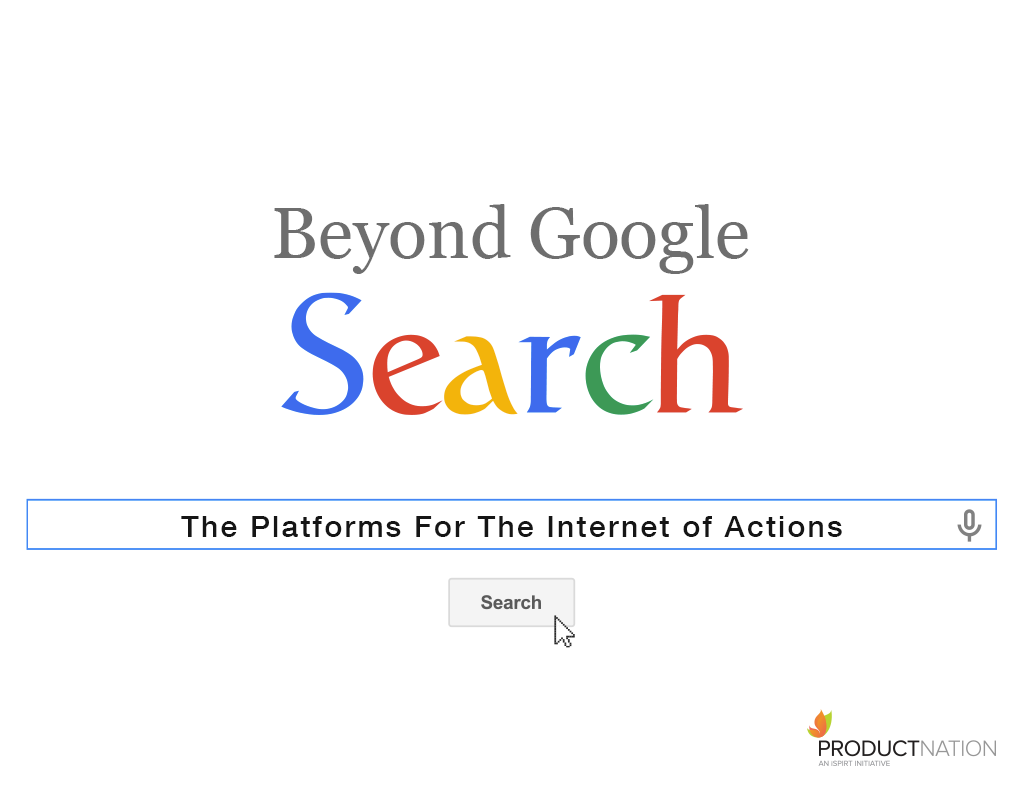

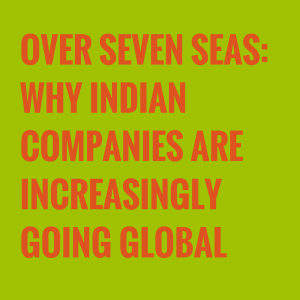 While there are no numbers or research on how many Indian startups have global operations, I suspect it will be a sizeable number – a number that is growing every month and every year. No longer are Indian startups content in serving merely the domestic market, this new breed of startups and entrepreneurs consider the world as their market.
While there are no numbers or research on how many Indian startups have global operations, I suspect it will be a sizeable number – a number that is growing every month and every year. No longer are Indian startups content in serving merely the domestic market, this new breed of startups and entrepreneurs consider the world as their market.
